From High Calories To Digestive Issues: Avoid Ordering These Dishes At Indian Restaurants For A Delightful Experience
When it comes to Indian cuisine, we often don't judge and order items off the menu as per our choice or the server's recommendations. Here are some items you should avoid ordering for a delightful experience.
North Indian cuisine: The popularity of Indian cuisine throughout the world is reflected by the vast number of Indian restaurants worldwide. There are plenty of menu options to choose from and Indian restaurants can provide a lively atmosphere, but there are a few foods you should never order. Several factors contribute to this.
There are certain Indian cuisine to avoid eating when dining out, whether it be because they are unhealthy or because they are not authentic. So, the following menu items are some you should not order when eating at an Indian restaurant.
Here are the few Indian food items you should not order while dining at an Indian restaurant:
1. Garlic Naan
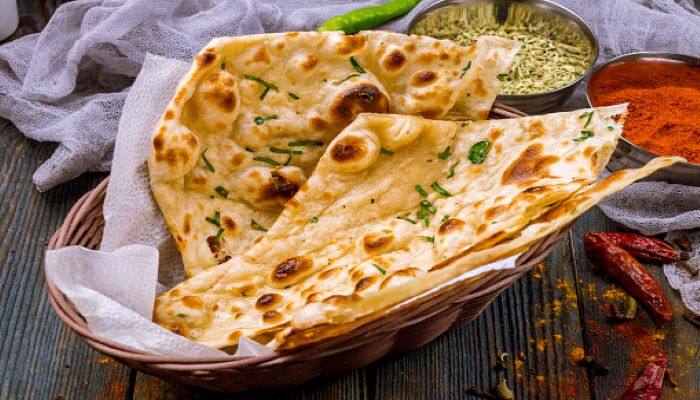
One of the best bread for a meal in an Indian restaurant is authentic garlic naan. However, due to its high-calorie content, it is not the best dish to eat with about 385 calories and 65g of carbs in one serving.
Try plain naan bread instead. With only 260 calories and 42g of carbohydrates, it is still delicious and far less fattening.
2. Vindaloo
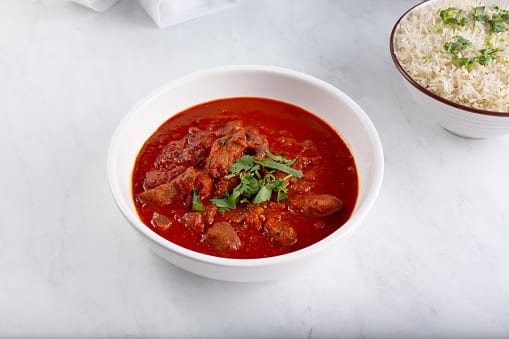
Vindaloo is typically the spiciest meal offered in Indian restaurants, thus individuals with low spice tolerance should consider choosing something else.
The meal is typically prepared with beef, onions, tomatoes, spices, and chilli peppers, which are the source of the spice. Traditional Goan vindaloo, on the other hand, has cinnamon and cardamom and is less spiced.
3. Biryani
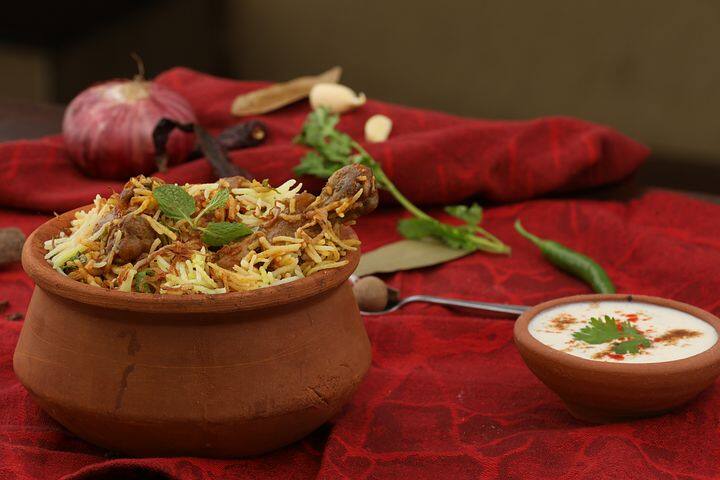
One of the most popular Indian dishes is Biryani. The ingredients for this sumptuous dish are rice, meat, veggies, and a variety of spices. It is therefore quite filling but avoid ordering Biryani as a side dish.
A dinner that is satisfying includes only biryani. But, if you order it separately from your main course, you can anticipate receiving rice with your other main course as well. That means eating two kinds of rice in one meal, which may be overkill.
Also Read: 7 Food Rich In Vitamin B12 You Must Add To Your Diet For Heart, Skin And Brain Health
4. Gulab Jamun
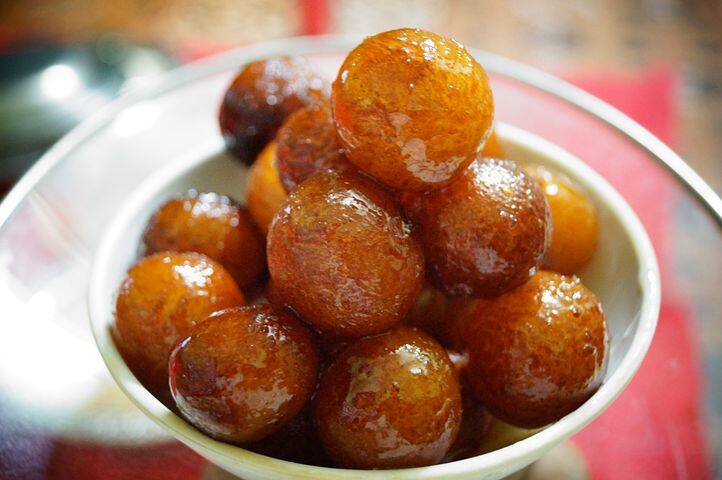
Milk solids are used to make this well-known Indian treat, which is then shaped into a soft dough and deep-fried. Afterwards, gulab jamuns are coated in sweet syrup.
These are doughnuts, and whilst being delicious, they are calorie-dense. Just one Gulab Jamun contains 143 calories and 17 grams of carbs.
Shocking fact: Gulab jamuns are not genuinely Indian. Although they are commonly served in India, their origins are in Persia (now Iran), from where they were later adopted.
5. Samosas
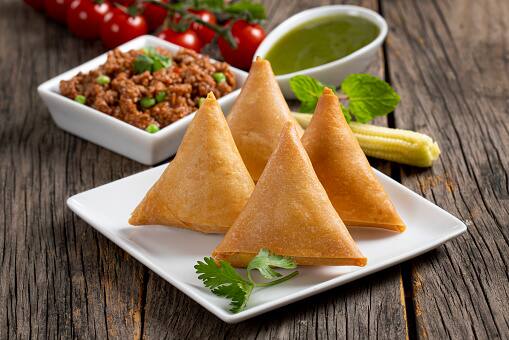
Samosas, which are generally deep-fried dumplings stuffed with mashed potatoes, meat, and veggies, are a popular option in Indian eateries. While samosas taste great and add a lot of fat and carbohydrates to your meal, they have a little nutritious benefit and are high in calories.
Samosas are a delicious but unhealthy Indian snack that should be avoided if you are limiting your calorie consumption because they are often deep-fried.
6. Curries
Eating curry can cause major unpleasant digestive problems, such as stomach aches, nausea, or diarrhoea. Even if there are many different types of tasty curries, when presented with the consequences, you might want to reconsider.
But if you must indulge in a delicious curry, make sure to bring some of the candied fennel seeds that are frequently available in Indian eateries.
7. Indian Sushi
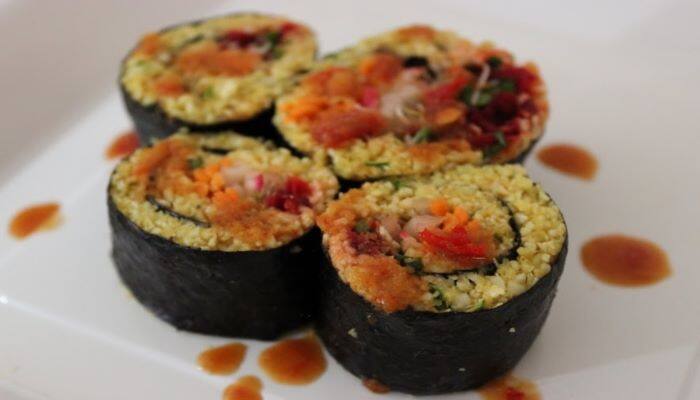
In many Indian restaurants, chefs put their own ‘Indian’ twists on other meals like in many places you will find 'Indian Sushi'. Fusion foods, however, imply that they are not authentic, therefore you should stay away from them if you want to eat anything which reflects real Indian culture.
Also Read: H3N2 Influenza Flu: Foods you should eat while recovering from the flu this season
Several foods are advertised as being Indian (chicken tikka masala, lamb vindaloo), but their true origins are much further away from the Indian culture.
Even though these dishes might be delicious, there are a number of reasons to stay away from them. And yet, there can be other menu options on the restaurant's menu that are better for you.
(Disclaimer: This article is based on general information. Zee News does not confirm this.)
Stay informed on all the latest news, real-time breaking news updates, and follow all the important headlines in india news and world News on Zee News.
)
